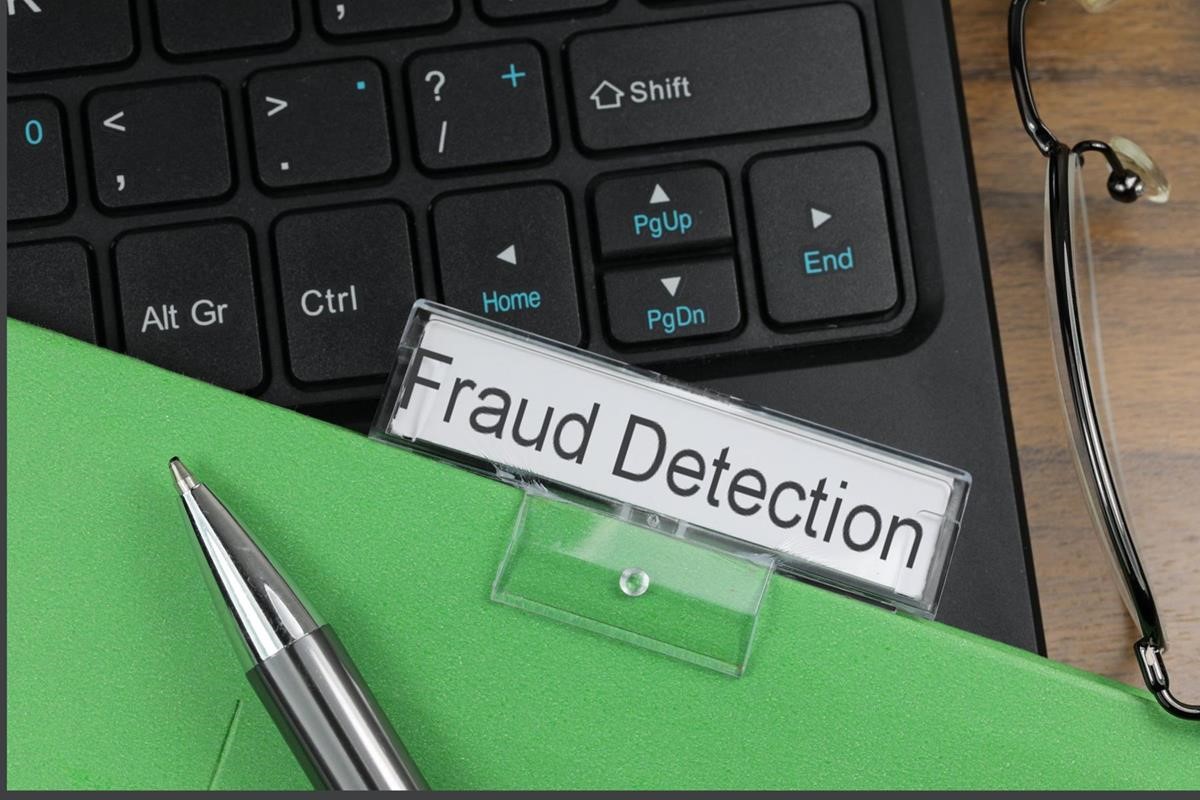Every company has its secrets. Undue enrichment is usually part of them. Stories about a top honcho who stole large sums of money through his underhand schemes are always told in the corridors. These honchos move with their heads high as if no one knows anything. That is fraud for you the ability to cover your face from shame. When you steal without being caught, you call it “innovation.” “Shrewdness.” “Brilliance.” “Hardworking.” Exceptional entreprenuerial acumen.” “Street smarts.” And a plethora of so many names. There is a tale told in hushed whispers that echoes through boardrooms and financial corridors. It begins with a promise, glitters with profit, and ends in ruin. Always in ruin. In the next articles, I will profile several fraud cases from across the globe due to the sensitivity of some of the cases we handle at Summit Consulting Ltd. For some cases, we shall share the fraud schemes and recommended fixes to help you prevent them at your organization.
In my experience, every fraud has a shadow an imprint left behind by deception and an echo, the inevitable consequence that follows.
Fraud is not an event. It’s a system.
Fraud is rarely the work of a single rogue employee. It is a culture, a slow erosion of ethics disguised as “making the numbers work.” We don’t just wake up to a financial scandal; it is the sum of unchecked decisions, misplaced incentives, and willful blindness.
Take the case of Thornton Precision Components. From 1999 to 2007, they mastered the illusion of success. Revenue was inflated through fictitious sales invoices, and when the numbers still didn’t add up, they reversed and re-invoiced transactions to create an appearance of business momentum. To keep up appearances, they even manipulated accounts receivable ledgers nothing more than Excel spreadsheets camouflaged as financial statements. By the time the deception was uncovered, the company’s reported assets were bloated by 48%. The executives cashed out their bonuses, and when the truth surfaced, the investors were left holding dust.
Why do frauds succeed?
Frauds follow a pattern. The ACFE Report to the Nations shows that revenue recognition schemes account for 61% of financial statement fraud. The common thread? A desperate need to meet financial targets.
- Fabricated realities – Fraudsters create false customers, falsify invoices, and round-trip transactions to inflate revenue.
- Deferred truth – Expenses and liabilities are swept under the rug. Costs are postponed while revenue is booked prematurely.
- Layered concealment – Fake ledgers, doctored inventory reports, and manipulated financial records create an illusion of legitimacy.
- Incentive-driven deception – Bonuses, stock options, and career advancement fuel the need to “beat the system.”
And the real enablers? Auditors who tick boxes without challenging anomalies, compliance officers who trust too easily, and executives who pressure teams to “find a way.”
Where do the echoes lead?
Let’s talk about Carter’s Inc., a children’s apparel company. Between 2004 and 2009, a senior sales executive orchestrated a discount manipulation scheme with their biggest customer, Kohl’s. Instead of recording the agreed-upon price reductions immediately, they staggered them, creating the illusion of stronger profits. Year after year, the deception compounded. By the time the issue was detected, the company had over $18 million in misrepresented revenue.
What was the impact? Investors lost trust. Shareholders fled. And regulatory bodies moved in, enforcing penalties and tighter scrutiny.
Fraud is never just a number on a spreadsheet it’s an echo that ripples through jobs, reputations, and trust in institutions.
No more blind spots
If you’re waiting for the fraudster to confess, you’re already late. Fraud thrives in complacency. Leaders must embrace proactive detection. Here’s how:
- Forget the audit checklist mentality. Fraudsters don’t operate in checkboxes.
- Look for behavioral red flags. Experience shows that 85% of fraudsters show warning signs of lavish lifestyles, unusual transactions, and defensiveness when questioned.
- Run digital forensics. The most damning evidence isn’t always in financial statements it’s in emails, metadata, and transaction trailsComputer Fraud bytes th….
- Incentivize integrity. If bonuses reward revenue without accountability, deception is only a matter of time.
The responsibility of leadership
Fraud is a system failure, not an isolated act. Your policies, incentives, and oversight, or lack thereof create an environment where fraud either thrives or dies. Understand the fraud diamond (or triangle) and try to manage all four components holistically to reduce the business risk of fraud.
Ask yourself:
- Does your company reward performance without questioning the means?
- Do your audits follow the surface, or do they dig into the mechanics of transactions?
- Are you prepared to listen to the echoes of past frauds before they become your own?
The fraud you prevent is the crisis you never have to manage. The time to act is now.
Let me know if you want any refinements or additional insights.




